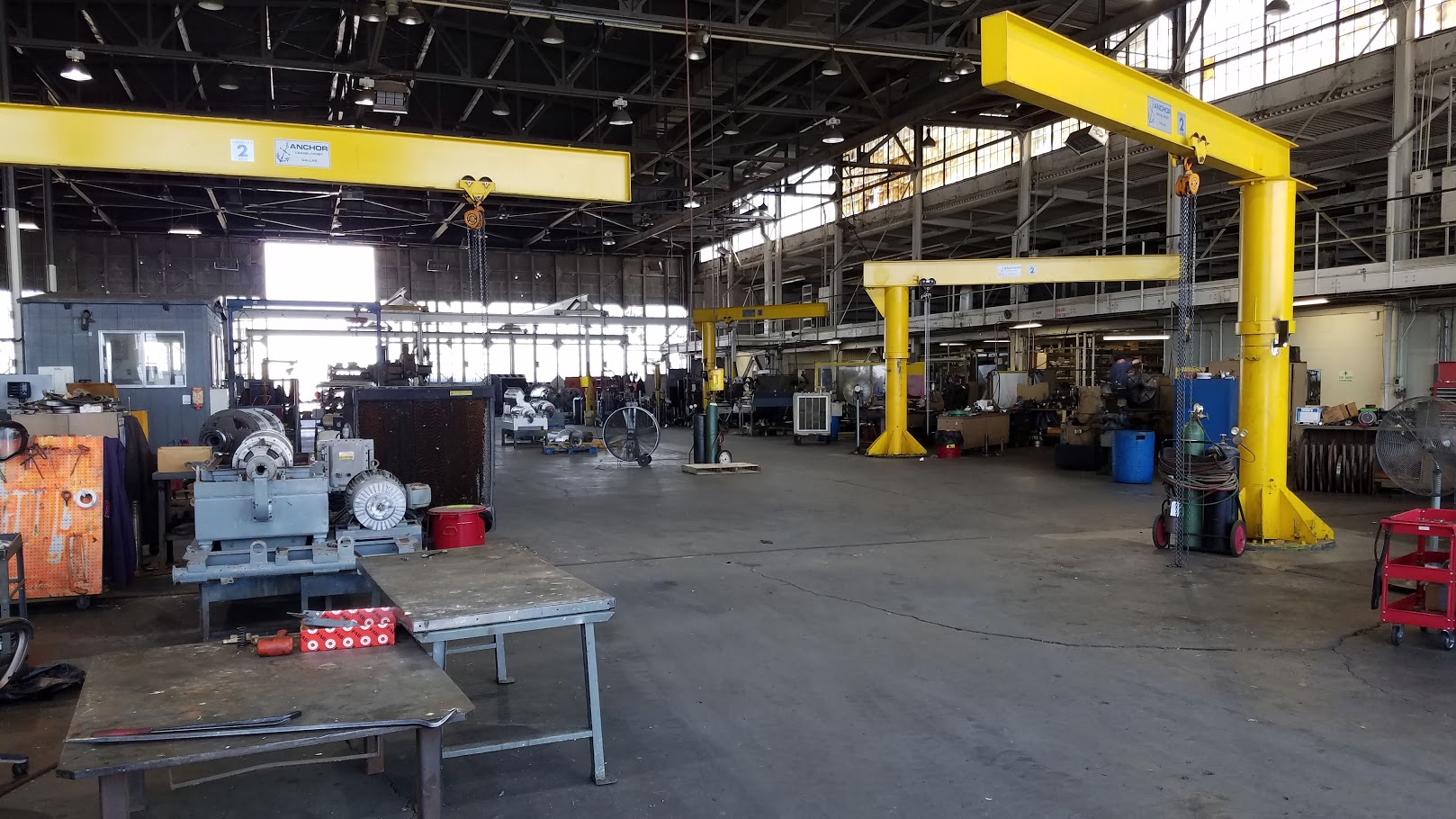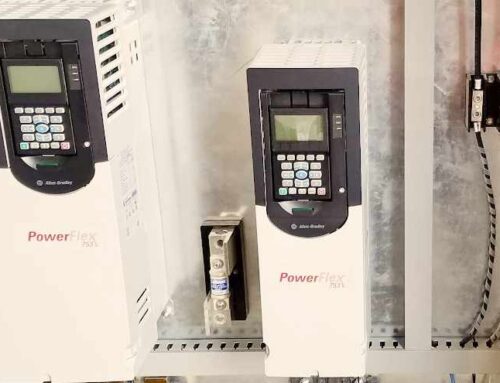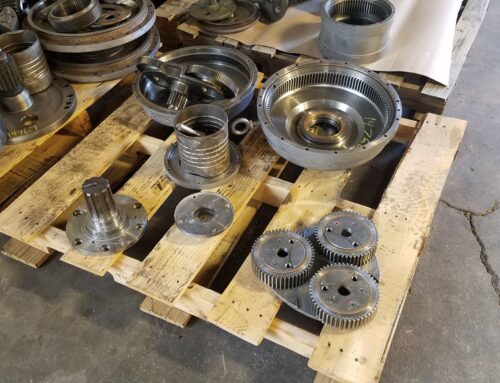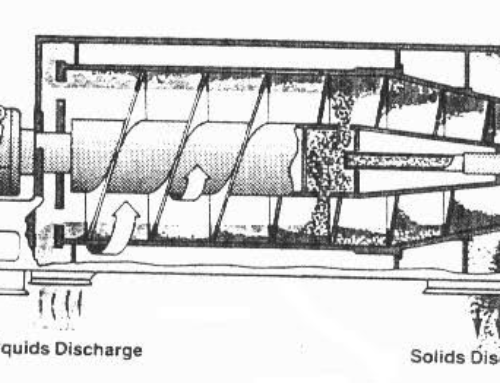During the manufacture of a new decanter the rough centrifugal castings, upper and lower casing, and cast or fabricated frame with all other parts are received at the manufacturing plant shop. The procedures described below are then performed resulting in a “new” decanter. The reconditioned decanter, after the same procedures, can be described with the term “as new.” The life expectancy of a reconditioned decanter is the same as for a new decanter – unlimited with proper care and lubrication.
Standard reconditioning of a decanter centrifuge includes the cleaning of the centrifuge and accessories, the complete disassembly of the centrifuge with all bearings, seals, gaskets, o-rings, screws and bolts, vee belts and the like discarded and replaced. All mating fits between the various bowl segments and bearing / seal surfaces are checked and made true to the original manufacturer’s dimensions and tolerances. This involves adding metal where needed and machining to the proper specifications. All hardsurfacing on the conveyor edge and face, feed ports and cake ports are inspected and repaired / replaced as needed. The grooves or ribs on the conical portion of the bowl are checked and repaired as needed. The bowl liner, if present, is repaired or replaced as needed. If the bowl has no liner it is inspected for any grooving or pitting especially at the point of the feed slurry entry. If the bowl is heavily grooved or pitted it is discarded and replaced with a new bowl. Any ribs in the bowl are repaired. The gearbox is completely disassembled with all gears and fits inspected and corrected or replaced as needed, with all bearings, bushings and seals replaced after solvent flushing, and new oil is added. The gearbox is then balanced independently. The feed tube is inspected and repaired / replaced as needed.
The main pillow block bearing housings are inspected by micrometer and reconditioned to the “true” dimensions and tolerances required for the new heavy duty bearings. New grease or oil is added. The centrifuge frame is inspected and the bearing housing surfaces are checked and made true and parallel. The frame feet are trued to each other. New vibration mounts are included matching the frame feet. The upper and lower casing segments are inspected especially in the cake discharge impact area, with repairs made as needed. The pulleys and backdrive in-line universal shaft (if present) are inspected and repaired / replaced as needed.
The bowl assembly with gearbox is balanced and test run after reassembly of the complete centrifuge. The conveyor with new bearings and seals is balanced independently. The guards are repaired as needed. The backdrive system and both motor mounts are checked and repaired / replaced as needed. All carbon steel components (frame, gearbox, pulleys, guards, etc.) are painted. The motors are sent out to a professional motor reconditioning shop for an overhaul or replaced by new motors. All items are assembled and test run once again with the new motors. If the main pillow blocks are lubricated by a circulating oil system that system is provided new. This includes all hoses and connections, the pump(s), the heat exchanger and all instrumentation. The oil reservoir may be solvent flushed and reused or may be new.
Any base plate or table included with the order is either new or reconditioned with a thorough cleaning by steam jet and/or bead blasting, and painted.
The customer is invited and encouraged to inspect during the final test run in the reconditioning shop. If we supply the new controls those controls are used for the final test run. We will not ship until the customer approves everything.




